There are five handstand presses that range from easy to very, very difficult. The diagram below presents those presses from least to most difficult.
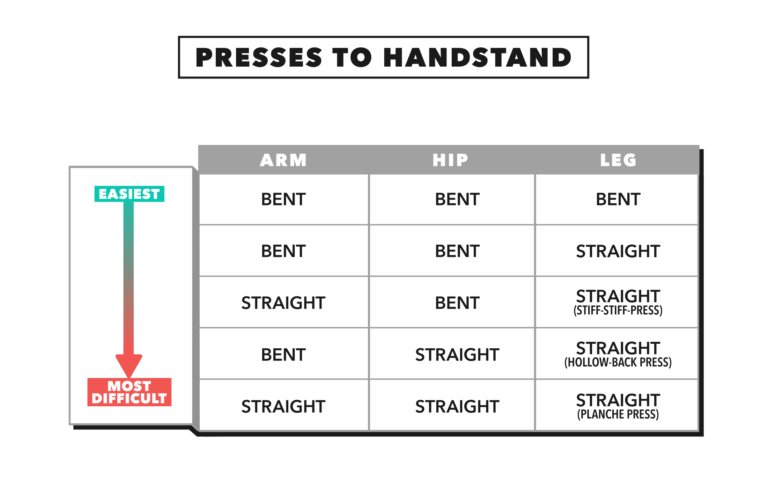
The mechanics for pressing can be learned by lowering from the handstand. Each style of press is best learned and practiced by establishing the handstand position and descending with control. The key to this practice is to strive to lower from the handstand as slowly as possible. These “negatives,” or eccentric movements, most quickly teach the control, strength, and skill required by each style of press.
At first, you’ll thunder to the ground with your feet landing way behind your hands. Over time, the velocity of the descent will slow and the feet will land closer and closer to the hands.
Eventually, you’ll be able to lower very slowly so the feet just kiss the ground. At that point, and only then, you’ll be able to walk up to that position without any kick, without any momentum, and you’ll be able to press to a handstand.
This approach, again, works for all five presses to handstand better than any other approach.
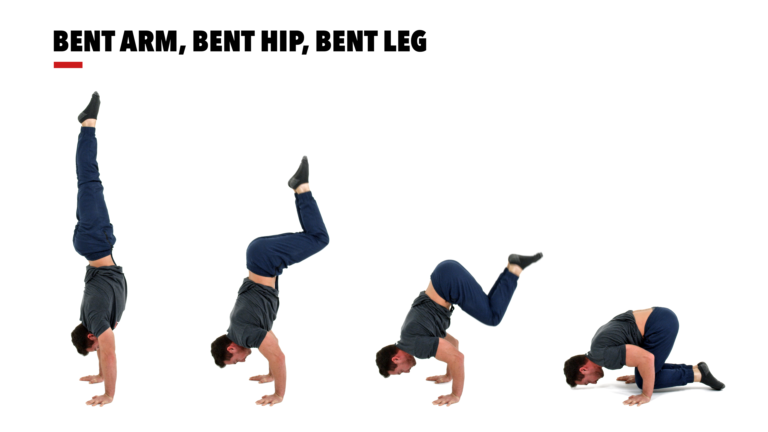
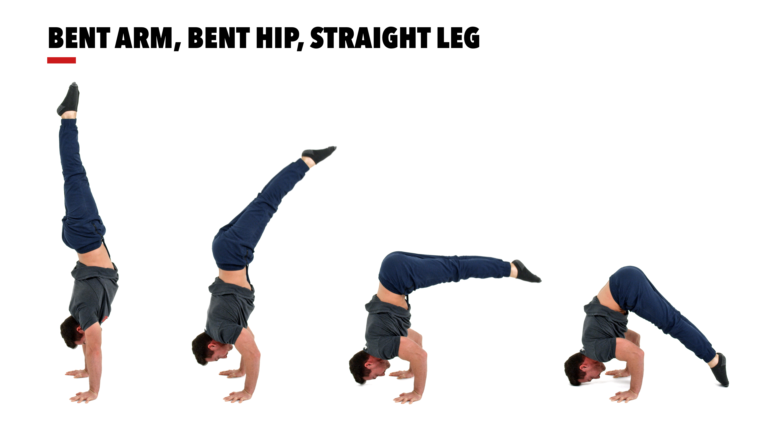
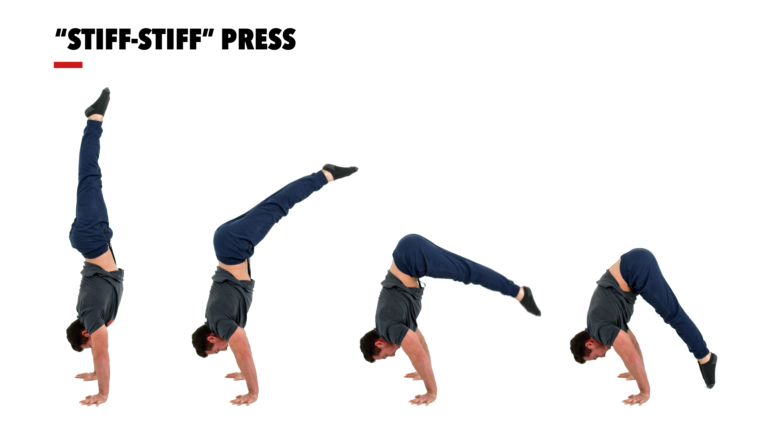
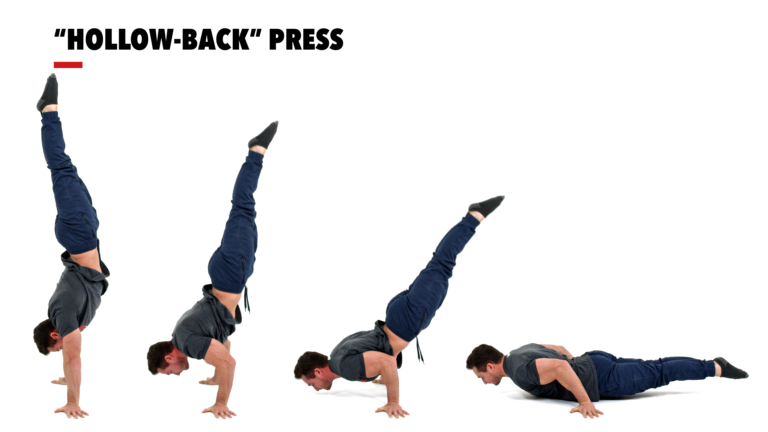
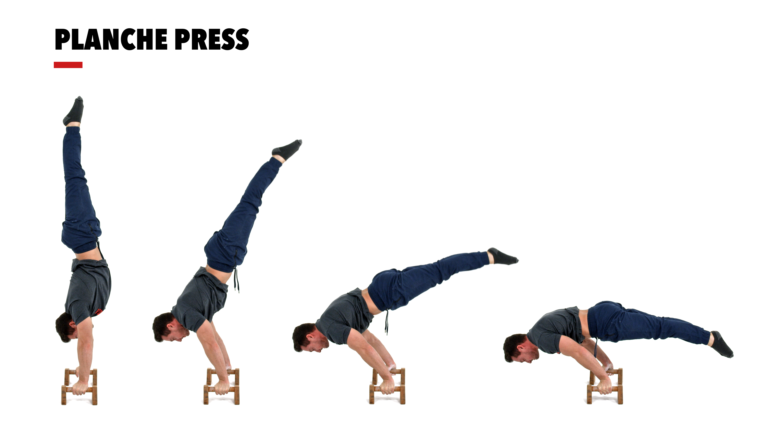
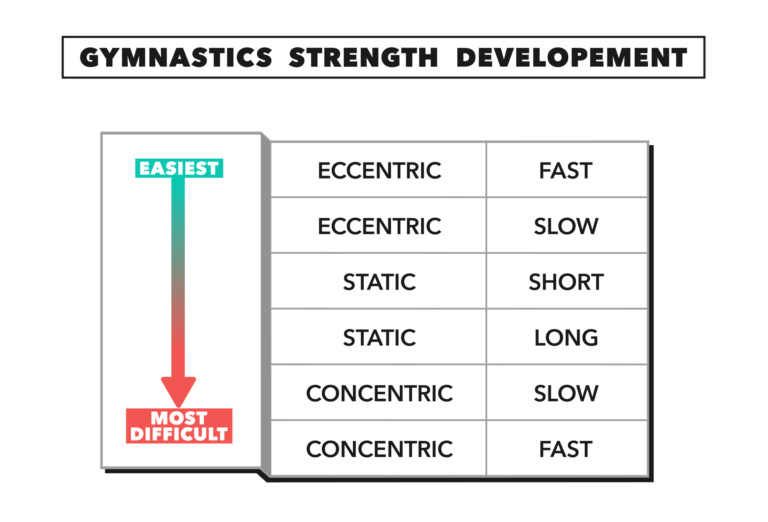
Comments on Presses To Handstand
6 Comments